In the fast-paced world of food service, maintaining restaurant hygiene standards is more than just a necessity—it’s a crucial part of delivering a safe and enjoyable dining experience. With increasing focus on cleanliness and food safety, restaurant operators must prioritize hygiene in every aspect of their operations. This blog explores the importance of restaurant hygiene standards, the best practices for kitchen sanitation, and how technology can support the maintenance of these standards.
The Importance of Maintaining High Hygiene Standards in Restaurants
Customers today are more conscious than ever about where and how their food is prepared. Cleanliness is no longer just a back-end concern; it directly affects customer satisfaction and loyalty. Maintaining restaurant hygiene standards not only ensures compliance with health regulations but also safeguards the restaurant’s reputation. A single foodborne illness outbreak can be devastating to a business.
A clean kitchen fosters safe food preparation, while proper handling and storage of food reduce the risk of contamination. High food safety practices are critical for avoiding health hazards, and restaurant operators must ensure that cleanliness remains a top priority throughout all operations.
Best Practices for Food Safety and Sanitation in the Kitchen
Achieving top-notch restaurant hygiene standards requires strict adherence to food safety practices. Here are some essential restaurant sanitation tips to ensure food safety in the kitchen:
- Regular Cleaning Schedules: Establish daily and weekly cleaning tasks for all areas, from countertops and equipment to storage areas and refrigerators.
- Proper Food Storage: Keep food at the correct temperatures to avoid spoilage. Label and date all perishable items to track freshness.
- Hand Hygiene: Require staff to wash their hands frequently, especially after handling raw food, cleaning, or using the restroom.
- Cross-Contamination Prevention: Use color-coded cutting boards and utensils for different types of food to prevent contamination.
By following these kitchen cleanliness guidelines, restaurants can create a safer environment for food preparation, protecting both customers and staff.
Technology’s Role in Maintaining Hygiene Standards
In the modern restaurant industry, technology plays a significant role in streamlining operations and ensuring restaurant hygiene standards are met. Digital solutions can make the management of food safety and cleanliness more efficient, consistent, and traceable.
- Digital Checklists for Restaurants: One of the most effective tech-driven hygiene solutions is the use of digital checklists. These allow restaurant managers to monitor daily cleaning tasks and ensure they are completed on time. Digital logs help maintain accountability and consistency in hygiene practices.
- Inventory Management for Food Safety: Tech solutions can also assist with inventory management for food safety. Automated systems can track expiration dates, monitor storage conditions, and reduce waste. This ensures that food is always safe to serve, reducing the risk of contamination.
Embracing these tech-driven hygiene solutions will not only help maintain a clean and safe kitchen but also streamline the operational side of hygiene management.
Tips for Training Staff on Proper Hygiene Protocols
Even with the best technology and practices in place, a restaurant is only as clean as its staff is trained to maintain it. Hygiene training for restaurant staff is essential to ensure all employees understand and follow the necessary procedures.
- Regular Training Sessions: Hold regular training sessions to keep staff updated on the latest best practices for restaurant hygiene. Emphasize the importance of cleanliness, from food preparation to serving.
- Clear Protocols: Provide written guidelines for restaurant staff hygiene protocols. This should include hand-washing techniques, proper attire, and sanitizing procedures.
- On-the-Job Monitoring: Regularly observe staff to ensure they are following the required hygiene standards. Offer corrective feedback when necessary.
By creating a culture that prioritizes hygiene through continuous training, restaurants can maintain a higher level of cleanliness and safety. In today’s tech-driven world, maintaining restaurant hygiene standards has become easier and more efficient. Through a combination of strict food safety practices, modern technology, and comprehensive staff training, restaurants can not only meet but exceed health and safety expectations. Cleanliness is, and always will be, king when it comes to running a successful restaurant.
For restaurants looking for reliable management solutions, myRestro is here to assist with all your operational needs. We understand the importance of maintaining high standards in every aspect of your business, including hygiene and efficiency. To learn more about how we can support your restaurant, reach out to us at +1 (562) 366-0646, email info@myrestro.io, or visit us at 18000 Pioneer Blvd, Suite #203, Artesia, CA 90701. Let us help you run a smooth and successful restaurant!


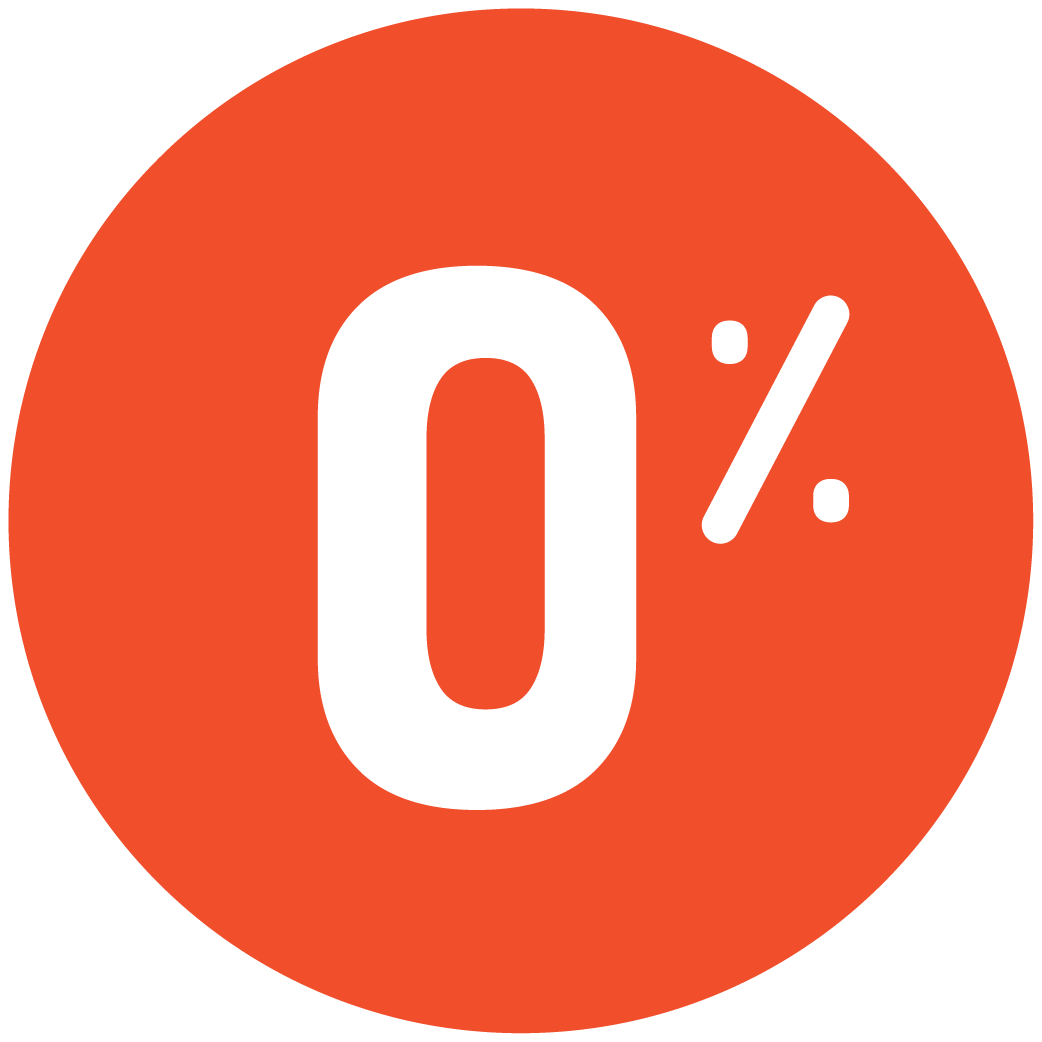


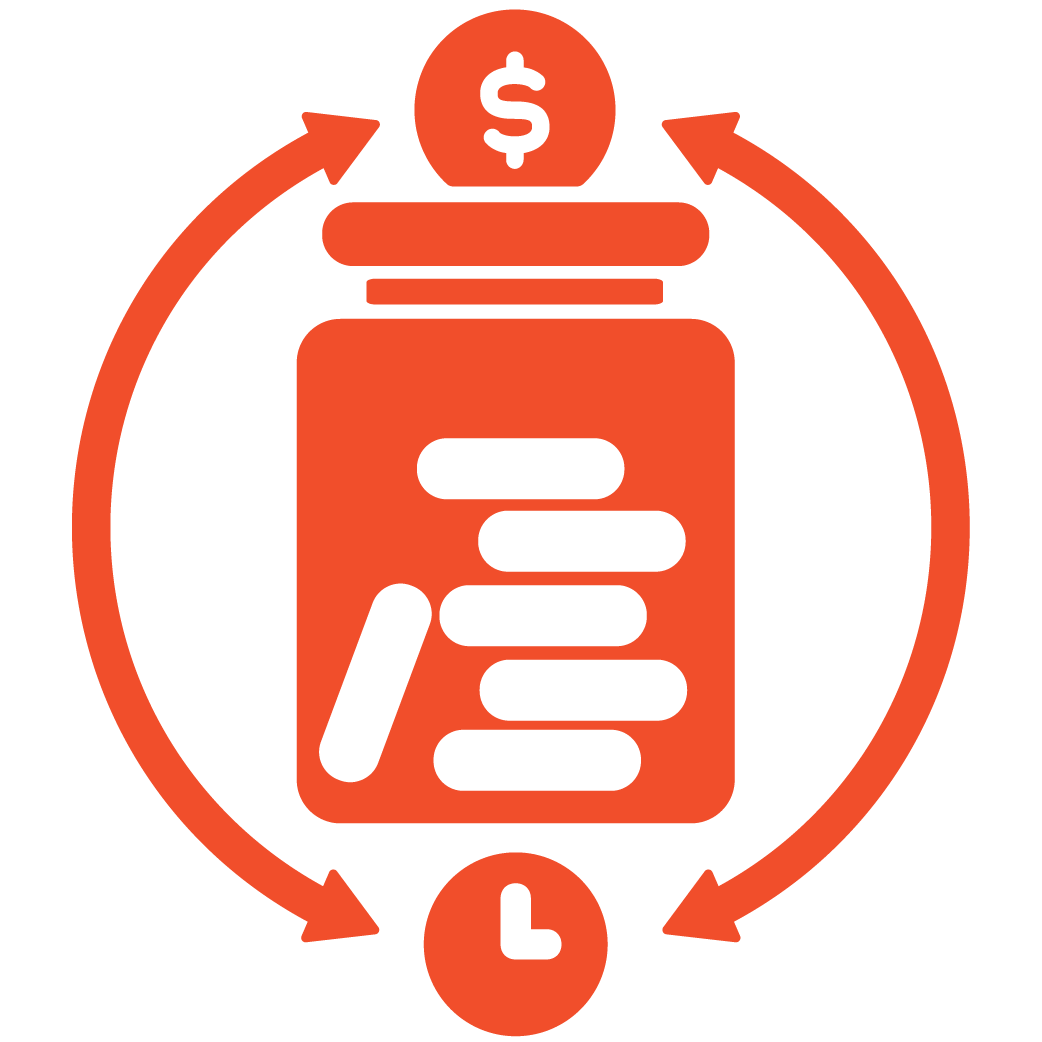
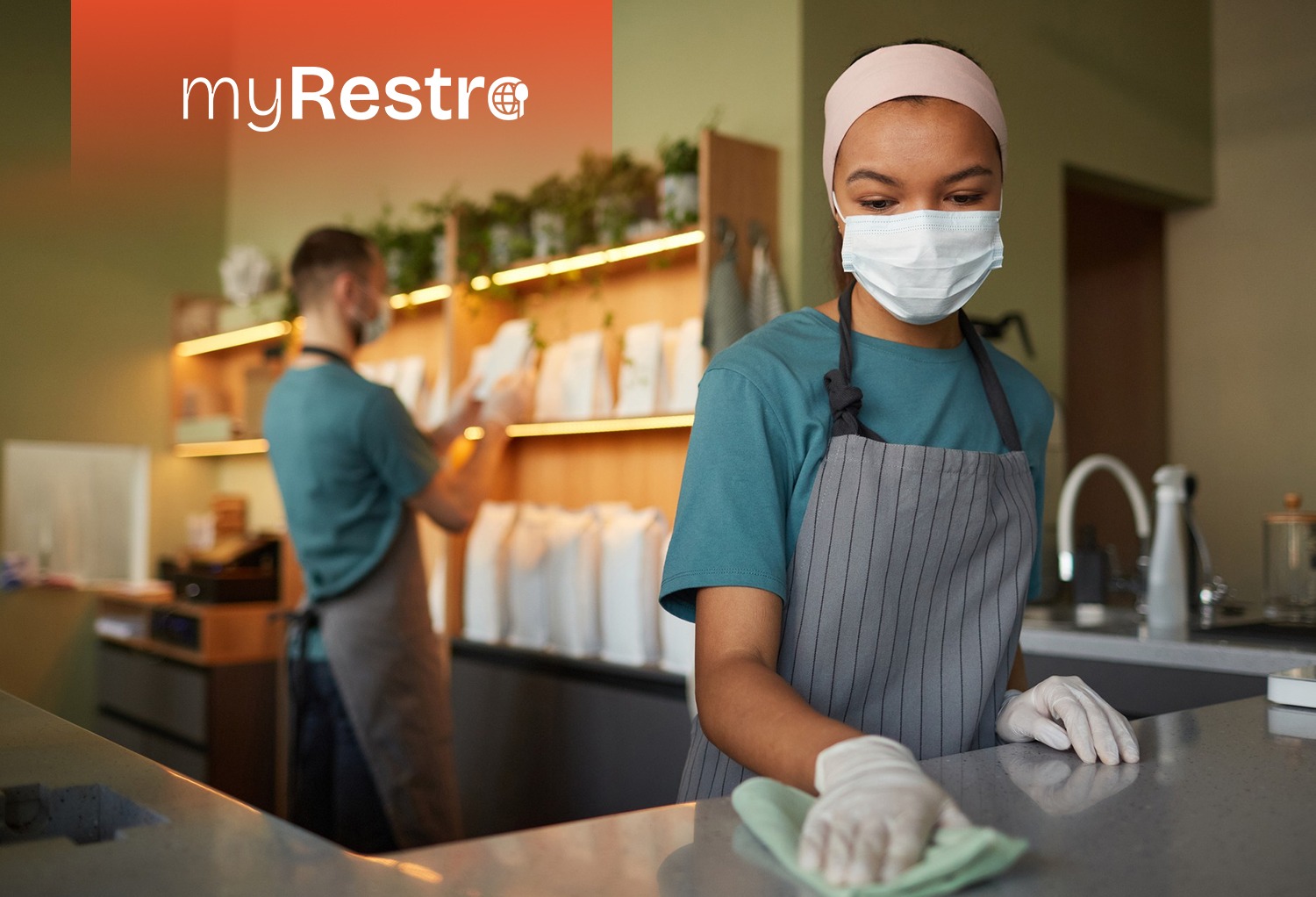

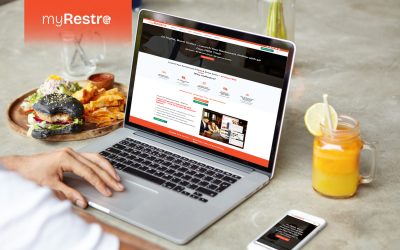
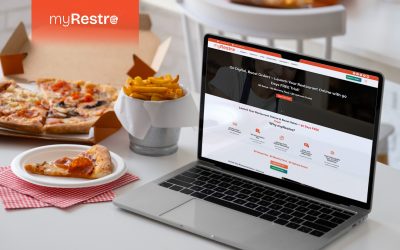
0 Comments